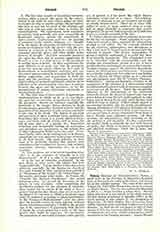

Telese, Diocese of (TELESINENSIS).—Telese, a small town in the Province of Benevento, Southern Italy, is situated in the valley of the Calore, well known for its hot sulfur springs. The ruins of the ancient Telesia, the Tedis of the Oscan coins, are to be seen yet on Monte Acerro. The city was captured by Hannibal in 207 B.C.; Scipio founded a colony there. Having fallen into decay it was rebuilt in the ninth century. Its first bishop mentioned is Agnellus (487); in the tenth century it was subject to the Archbishop of Benevento. In 1612 Bishop Gian Francesco Leon’ (1508) transferred the episcopal residence to Cerreto Sannita. In 1818 the see was united to that of Piedimonte d’Alife, but was reestablished in 1852. Among its bishops we may note: Alberico Giacquinto (1540), renowned for his learning and piety; Angelo Massarelli (1567), secretary of the Council of Trent, of which he wrote the acts and a diary; Vincenzo Lupoli (1792), a distinguished jurisconsult. The diocese contains 24 parishes with 60,600 inhabitants, 40 secular and 10 regular priests, 2 convents of men and 5 nunneries, and a school for young girls.
U. BENIGNI

